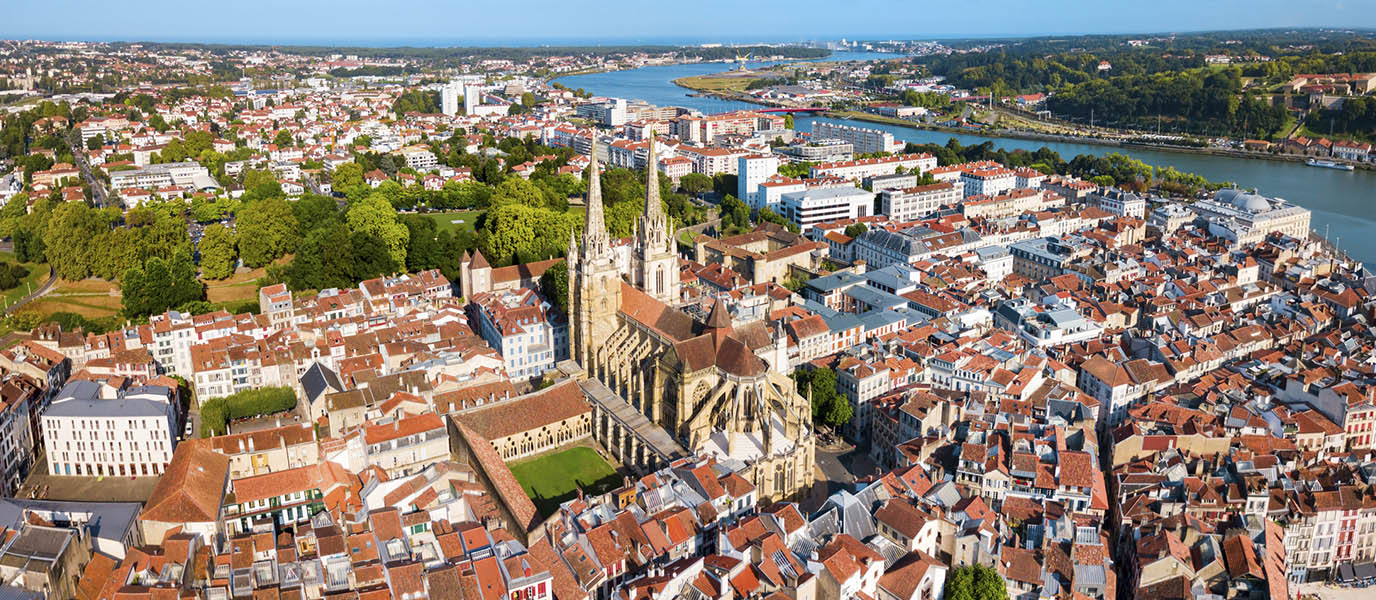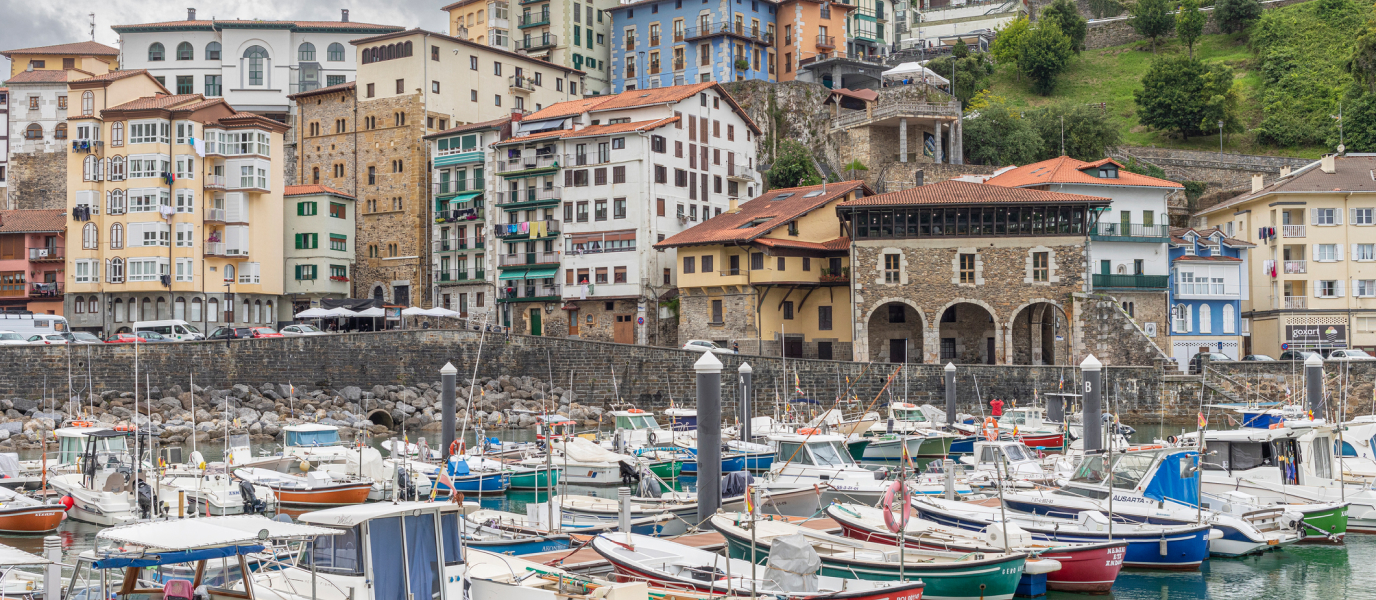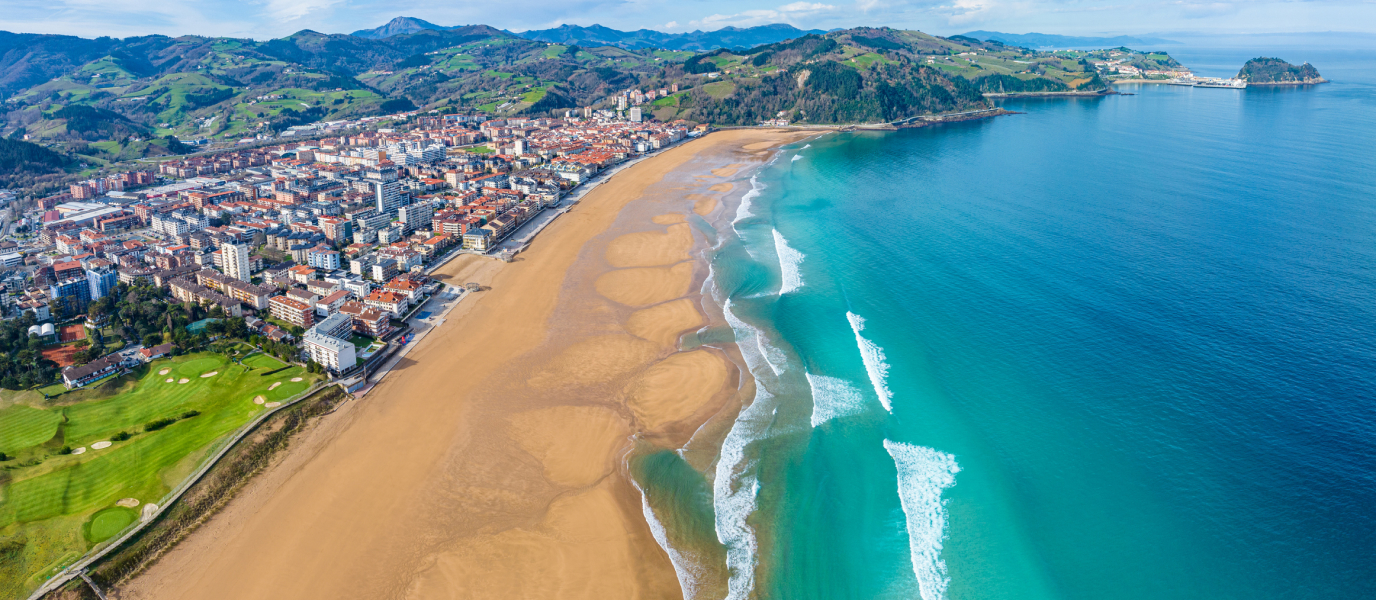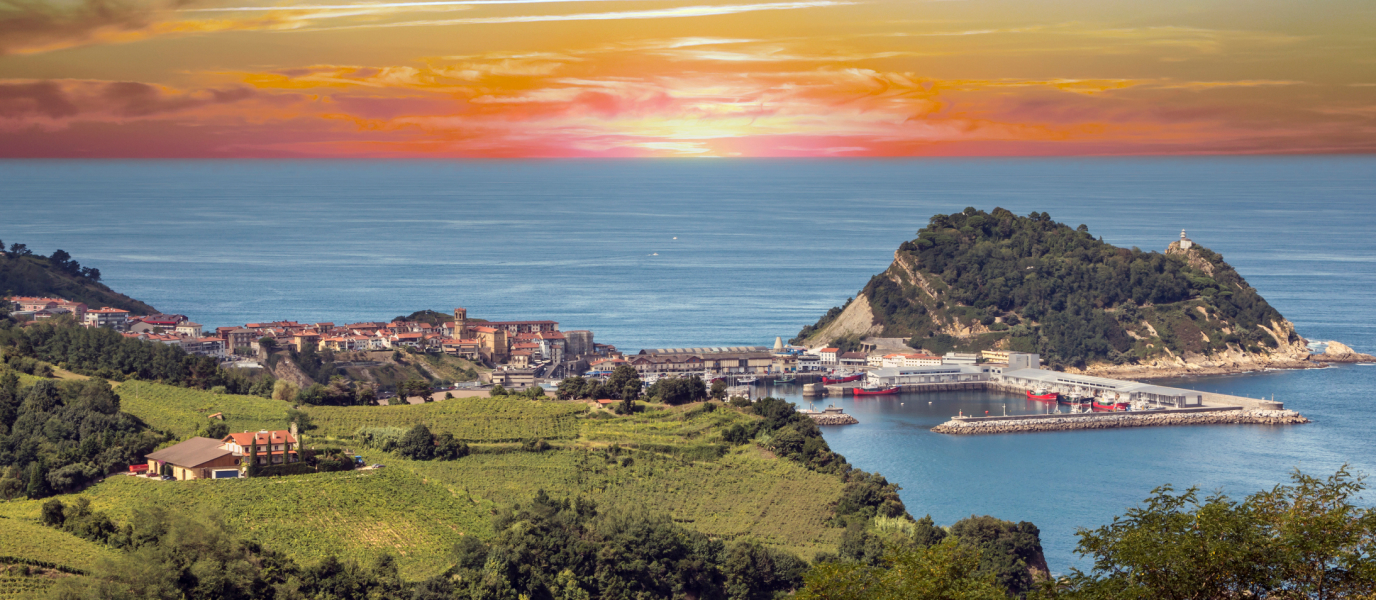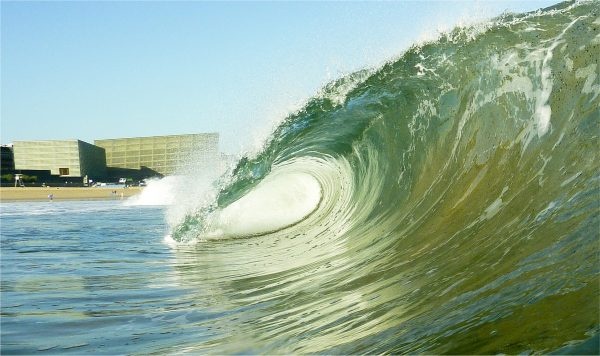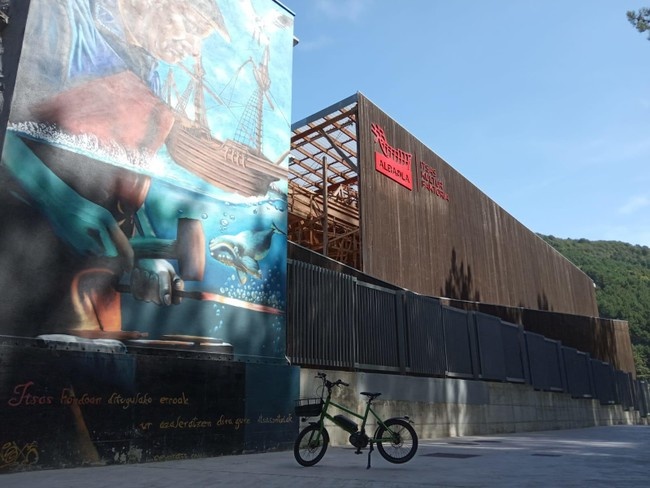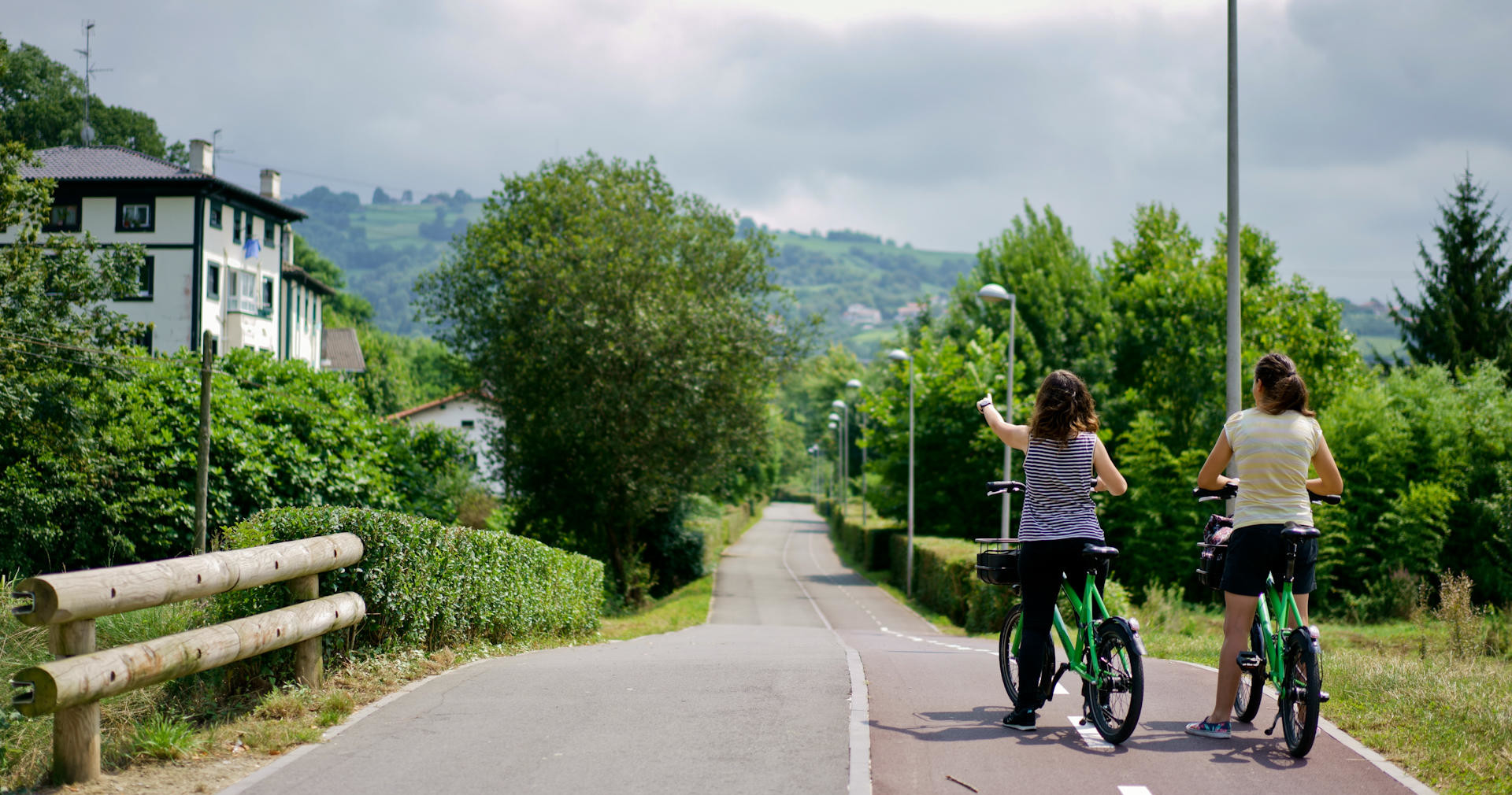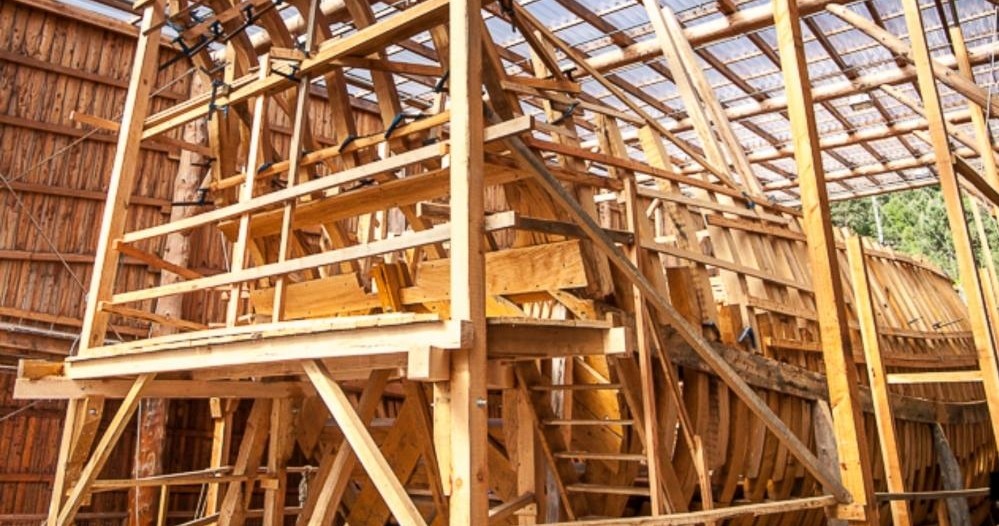The French-Basque Pyrenees are fast becoming a top tourist attraction. Bayonne is just one of many picturesque spots along the border between Spain and France; a place where you can revel in the peace and quiet of a tranquil city. It is located in an area in the very north of the French Basque Country which is famous for its master chocolatiers and Bayonne ham. French Bayonne is situated in the midst of a prosperous trade centre thanks to the Adur River that flows into the Bay of Biscay.
Choose Bayonne for a perfect getaway
Bayonne (or Baiona in Basque) is close to well-known neighbouring towns such as Anglet and Biarritz. If you keep in mind that there are two main parts to Bayonne, it will help you to work out your itinerary. On the one hand, you have Grand Bayonne (large Bayonne) and, on the other, Petit Bayonne (small Bayonne).
The prettiest and most striking part of the city is in the area around the Nive River. You simply cannot miss a stroll along the riverside where you can marvel at the eye-catching Basque architecture with a touch of French charm. The ambience is very similar to what you would expect from Amsterdam.
Grand Bayonne
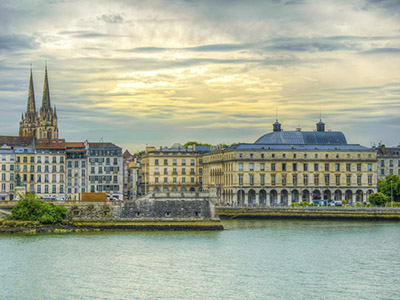
It is worth taking a look at every part of the city. Grand Bayonne is the old quarter and the trade centre. The most emblematic spot is the Cathedral of Our Lady of Bayonne but other not-to-be-missed places include the Old Castle of Bayonne (Château-Vieux); Bayonne City Hall, which you will find between the Nive and Adur Rivers; and the well-known and frequented botanic gardens.
Plus, as you take a walk through this part of the city, don’t forget to pop into Les Halles market where you can buy excellent, fresh local produce. Food and clothing traders set up their stalls every Saturday in a local street market.
Petit Bayonne
Petit Bayonne is the artistic part of the city and where you will find most of the museums. You will come across the Basque Museum as you walk through the quaint streets and there is a 16th century palace where you can admire Basque and French art.
There are works of art by León Bonnat in the museum that takes his name: Musée Bonnat. Works of art by other world-famous artists such as Botticelli, Rafael and Rembrandt are also on display. If you are an art lover, make sure you visit each and every corner of Petit Bayonne.
Where to eat in Bayonne
Bayonne is renowned for its delicious chocolate and even tastier ham. However, there are many options for eating out in the city that will turn your holiday into an unforgettable gastronomic experience.
La Table by Sébastien Gravé
The famous La Table restaurant is on the banks of the Nive River, and the light flooding through its large picture windows provides an ambience of unrivalled tranquillity. The owners, Sébastien Gravé and Laure Gravé have made the most of this spectacular place and the interior design is a perfect combination of wood, stone, metal and flowers. It is sophisticated whilst retaining an industrial feel.
The food takes its inspiration from the Basque Country but it has the fresh and innovative feel of signature cuisine.
Bistro Toque
Bistro Toque is one of Bayonne’s best-rated restaurants. It’s small but the food, ambience and excellent service make it worth a visit.
It serves good local food at affordable prices. Even better, it’s near to the tourist office so you can make the most of the opportunity whilst you are there to find out more about the city.
Xafla
Bayonne is brimming with top quality restaurants that never fail to please in both ambience and interior design. Xafla, in the old quarter of the city, is one of them. The menu consists of traditional homemade dishes and there’s a warm, friendly atmosphere in the dining room. Local farmers, producers and artisans all have a hand in the special gastronomic experience served up in this restaurant.
The cuisine is Basque-inspired with a Dutch twist and it delights even the most demanding epicures.
Immerse yourself in Bayonne’s famous festivities
Bayonne is quiet, except when it’s time for the well-known local festivities. They are a copy of Sanfermines in Pamplona and they have been held every 24 to 28 July since 1932. The locals dress in white for the entire five days and they tie red scarves around their necks. Some of the activities include bull running in Plaza Saint-André, bullfighting, firework displays, concerts and busy parades that you can find in every corner of the city.
Music and shows are not the only things for you to enjoy; there are also sporting activities including a number of rowing and Basque pelota championships. The festivities are brought to a spectacular end with a fireworks display that brings one year’s party to a close so that the preparations for the following year can begin.
The castles of Bayonne
The Old Castle of Bayonne was built by the Viscounts of Labourd in the 12th century. The impressive fortification can currently only be viewed from outside as it belongs to the army and visits are not permitted. In the past, it was used as the local governors’ official residence.
The New Castle of Bayonne is in Petit Bayonne and it was built by Charles IV in the 15th century. This building is part of the university and is not open to the public.
Bayonne is a truly enchanting city thanks to its mix of Spanish tradition and French charm. It is elegant and sophisticated, but cosmopolitan. The friendly locals, festivities and cuisine make it a very special place to visit.





























































